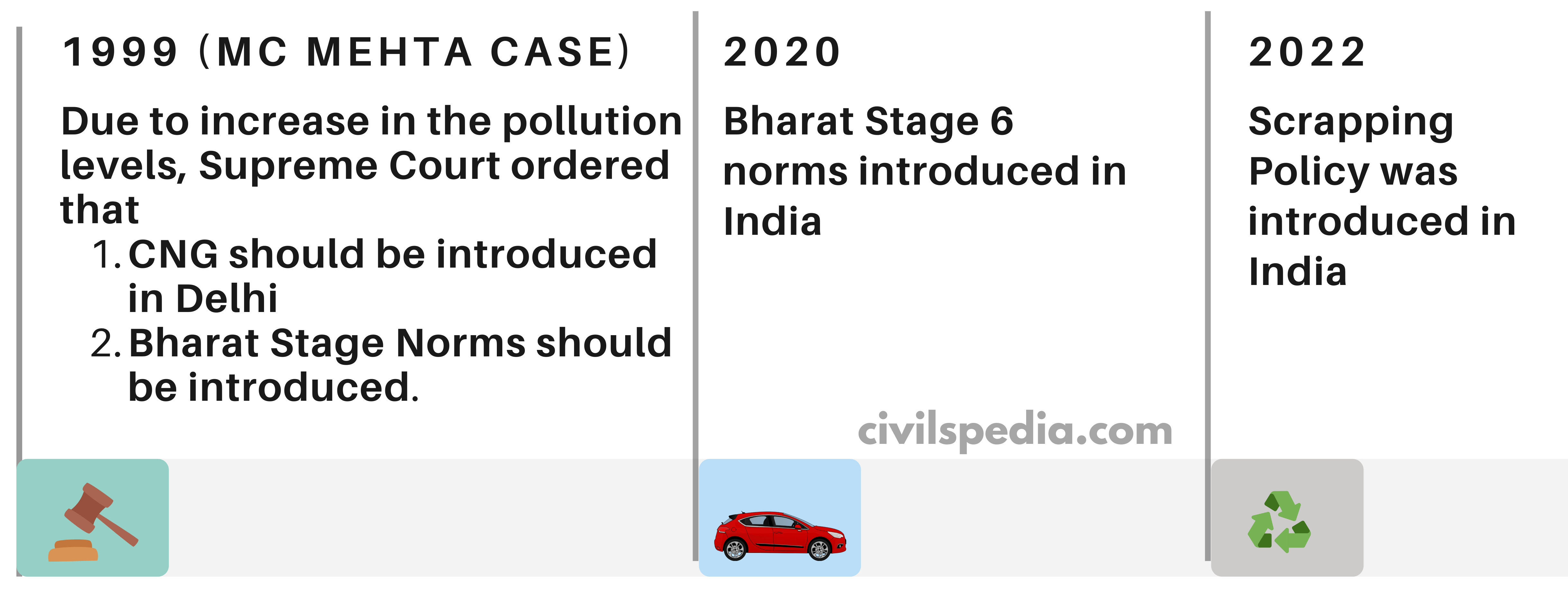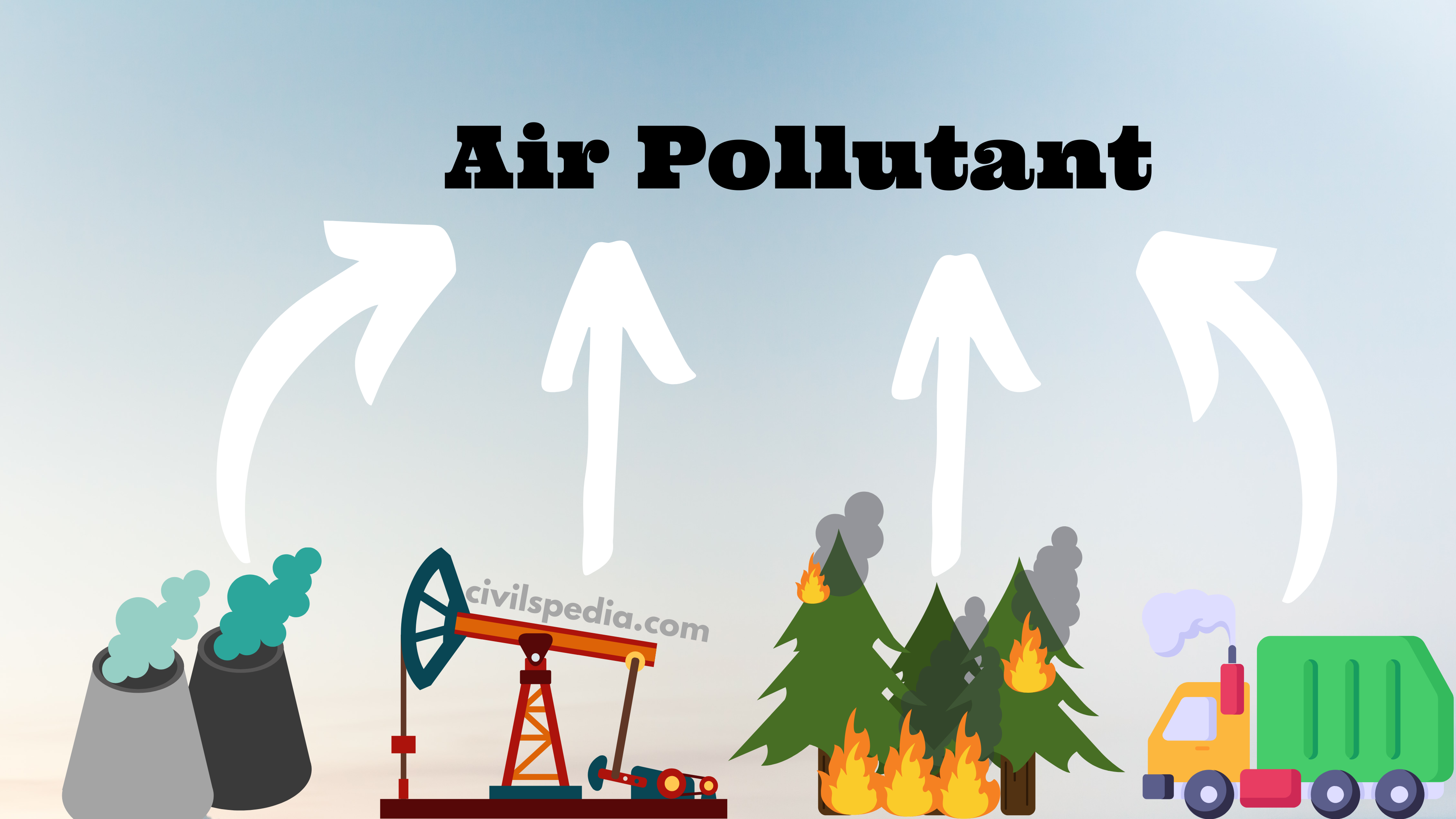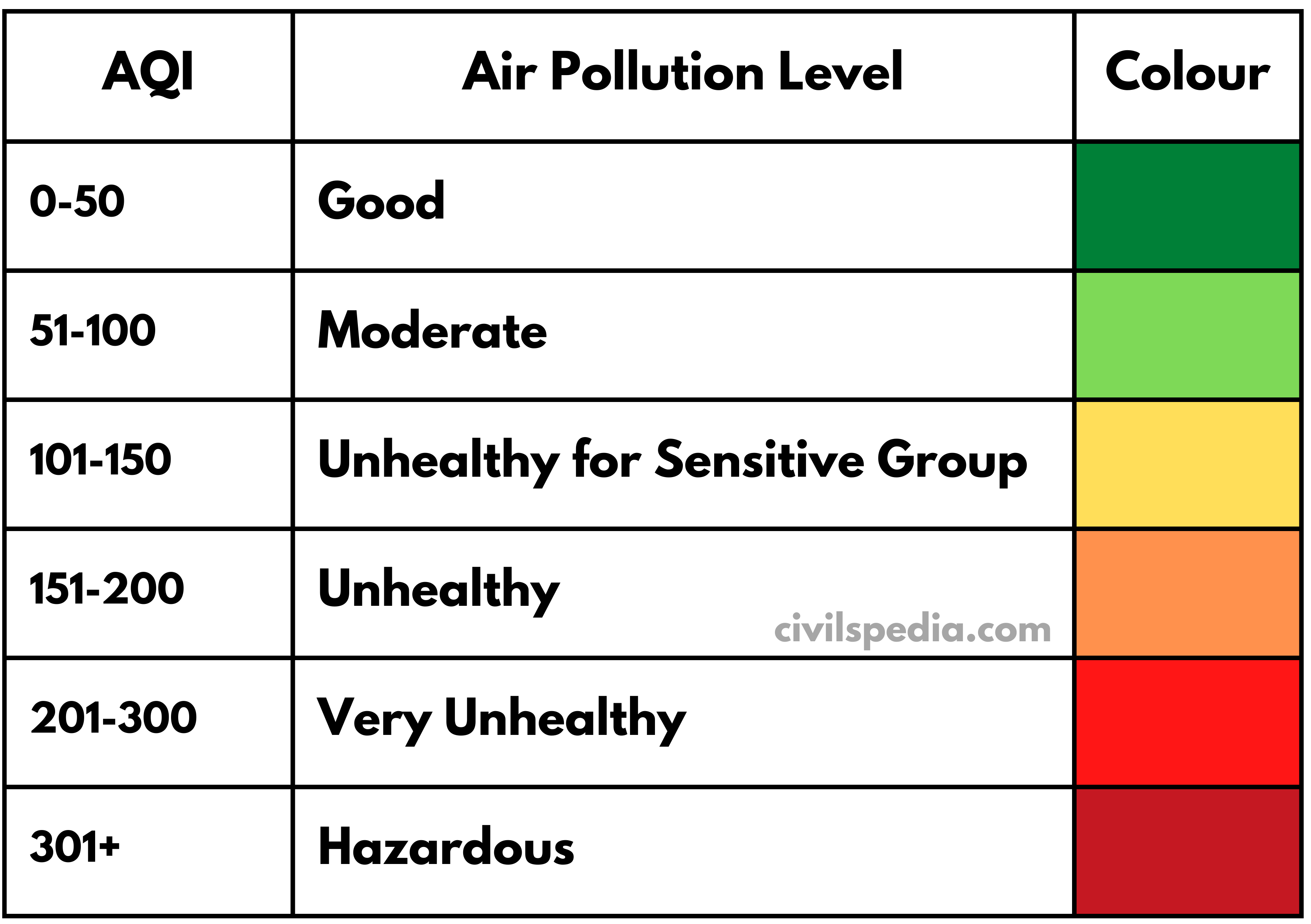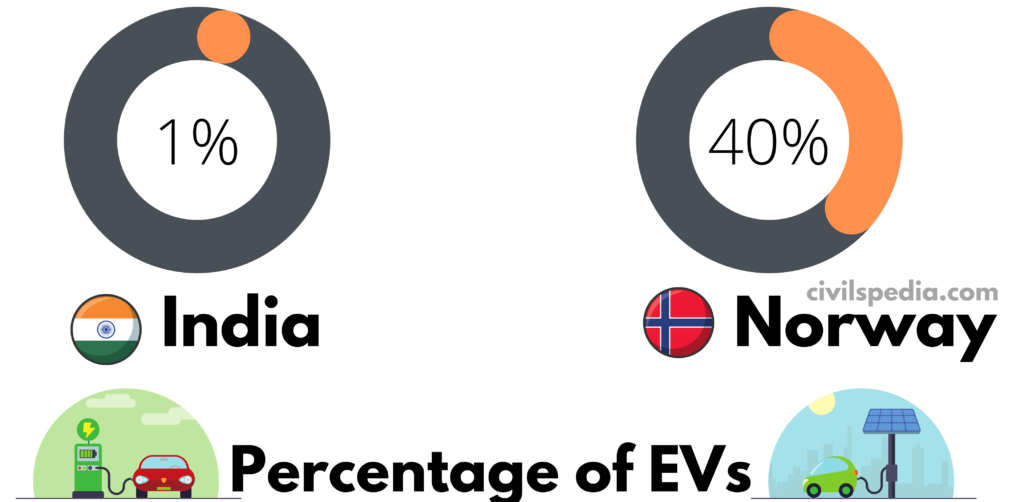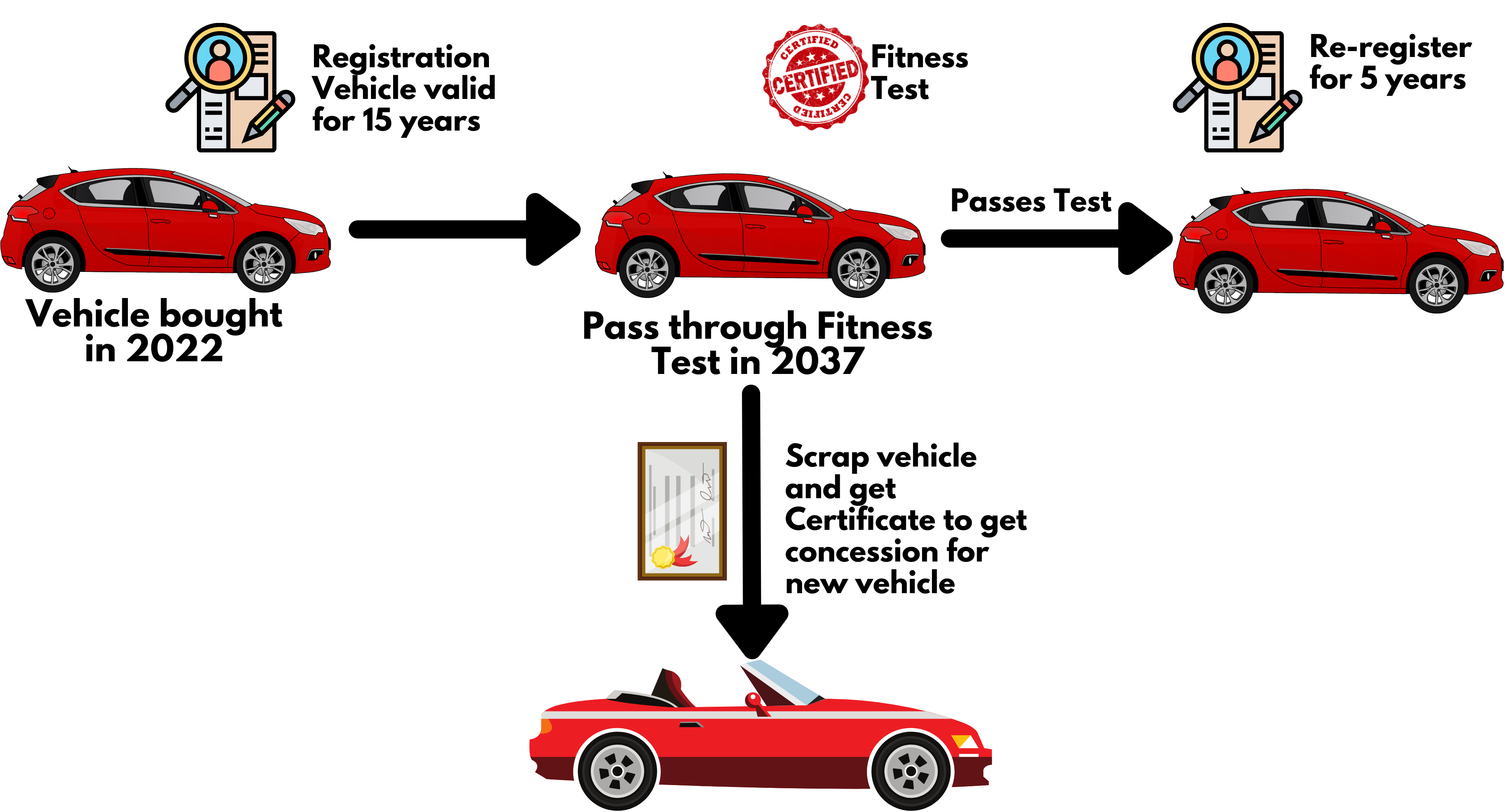Last Updated: Nov 2024 (Stubble Burning)
Stubble Burning
This article deals with ‘Stubble Burning – UPSC.’ This is part of our series on ‘Environment’ which is an important pillar of the GS-3 syllabus. For more articles on Environment, you can click here.
What is Stubble Burning?
Stubble burning is a process of setting on fire the straw stubble, left after the harvesting of grains, like paddy, wheat, etc. It is usually required in areas that use the combined harvesting method which leaves crop residue behind.
Why do farmers burn stubble?

- Time Factor / Cropping Pattern: The paddy wheat system leaves farmers with a sowing time of less than a month between the two crops. Delay in sowing means a decline in yield.
- Government Policies: Punjab & Haryana directed their farmers to delay paddy transplantation to save groundwater (under Sub-Soil Water Conservation Acts passed in 2009), but now when they harvest rice, there is no time to grow wheat.
- Cost Factor: Straw management equipment is costly, and the government doesn’t consider the cost of stubble management while deciding on MSP.
- No Market for Crop Residue: Low commercial and economic value of crop residue, coupled with the high costs of processing, reduces its value for farmers.
- Farm Mechanization: Earlier, farmers used to cut the paddy close to the ground, and the issue of stubble wasn’t there. But the harvesters cut the paddy from height and leave behind one-foot-tall stalks.

Side Topic: Stubble burning leads to the formation of Smog in Delhi because
The concentration of PM 2.5 particles increases in the air due to stubble burning, which provides condensation nuclei for smog formation.
Problems caused by Stubble Burning
- Bad for Soil Health: Burning leads to a decline in the bacterial and fungal population in the top 2.5cm of the soil, thus decreasing the soil fertility and increasing farmers’ dependence on fertilizers.
- Health Impacts: Stubble burning releases air pollutants, especially particulate matter (PM), CO2 and ash. It impacts the health of the general population, especially pulmonary disorders.
- Increase the Cost of Agriculture: According to research conducted by ICRISAT, the nutrient loss from soil caused by stubble burning in Punjab amounts to 220 crores worth of urea.
- Impact on Biodiversity: Fires can destroy habitats for various wildlife species, such as insects, birds, and small mammals, which may rely on crop residues for shelter or food.
Carrot & Stick Approach is required
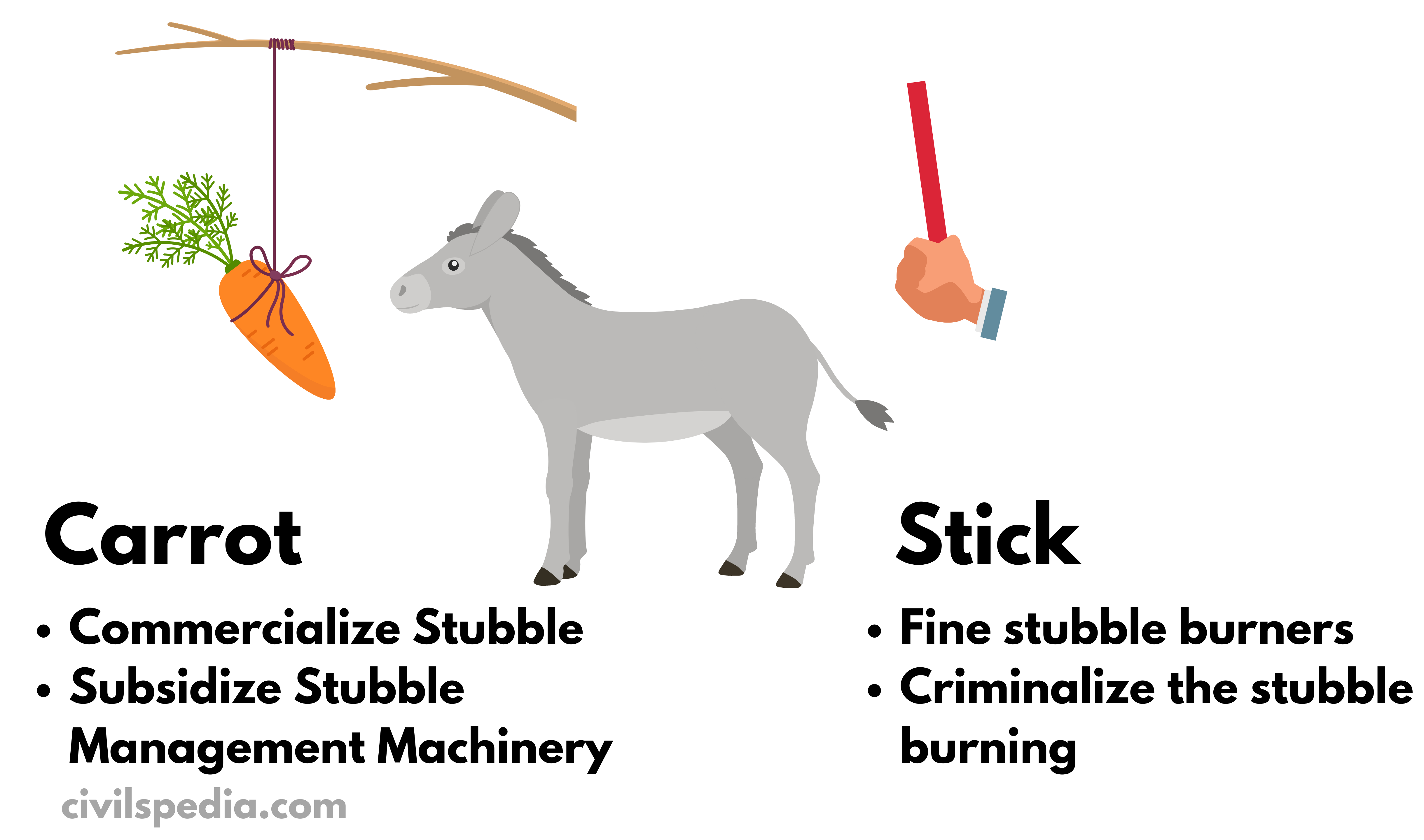
Carrot Approach
- MS Swaminathan suggested commercializing the paddy straw by using it for making cardboards, animal feed, paper, energy generation etc.
- Government should subsidize farm machinery for stubble management, such as Happy Seeder, Rotavator etc.
- Economic Survey (2020) suggests setting up Biomass Depots for storing crop residues and making Biochar Briquettes out of them, which can be further used in thermal power plants and coal or as fuel in local industries and brick kilns.
- Provide market to farmers to produce electricity from Biomass. For this, Punjab has operationalized the first such powerplant Jalkheri Biomass Powerplant (Patiala District).
- Encourage Farmers to change cropping patterns: Government should also procure pulses and oilseeds at MSP.
- Promote Pelletisation and Torrenisation to provide market to stubble products
- Pelletisation: Involves shredding, drying, grinding and pellet making.
- Torrefaction: Thermal degradation of organic biomass.
- Encouraging Sustainable Alternatives to Crop Residue Management: These include
- Mulching: Mulching involves spreading crop residues on the soil surface as a protective layer.
- Zero-Till Farming: It minimizes soil disturbance and relies on the direct planting of seeds into crop residues.
Stick Approach
- Fine those farmers who burn the straw even after that.
- Authorities in Punjab plan to use satellite technology to keep a vigil on illegal burning.
Steps already taken by the Government
1. Crop Residue Management Scheme
- The scheme provides subsidy for buying In-Situ Crop Residue Management Technologies (like Happy Seeder)
- The government is giving 50% subsidy to the individual farmers and 80% subsidy to Cooperative Societies to buy In-Situ Crop Residue Management technologies. These technologies include
| Happy Seeder | With Happy Seeder, the next crop can be sown in the standing stubble. |
| Rotavator | Prepare the land for the next crop by incorporating the stubble into the soil. |
| Baler | Make the bales of stubble |
2. PUSA Decomposer
- PUSA Decomposer is a set of 4 tablets developed by the Indian Agricultural Research Institute, Pusa. The tablets contain the fungi strains, which increase the rate of decomposition of paddy straw.
3. Project to convert Paddy Straw into Bio-Energy
- Punjab Government has signed an MoU with Chennai based company ‘NEWAY‘ under which 400 Plants for converting paddy straw to electricity will be constructed.
4. Making stubble burning a punishable offence
- Stubble burning has been made a punishable offence under Section 188 of IPC and Air (Prevention and Control of Pollution) Act of 1981.
5. Crop Diversification Programme (CDP)
- Since Paddy-Wheat Crop system is the main culprit behind stubble burning, government is promoting crop diversification under Crop Diversification Programme (CDP) which is a sub-scheme of Rashtriya Krishi Vikas Yojana.
6. New Seed Varieties of Paddy
- New varieties of rice which matures in 120 to 125 days (like PUSA-2090) in contrast to traditional varieties like PUSA-44 which matures in 155 to 160 days can provide farmers 30 days to prepare their field for next crop and don’t indulge in stubble burning.

